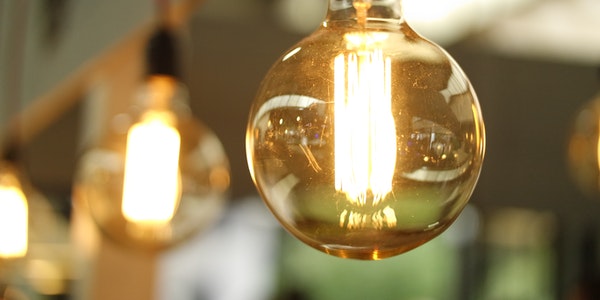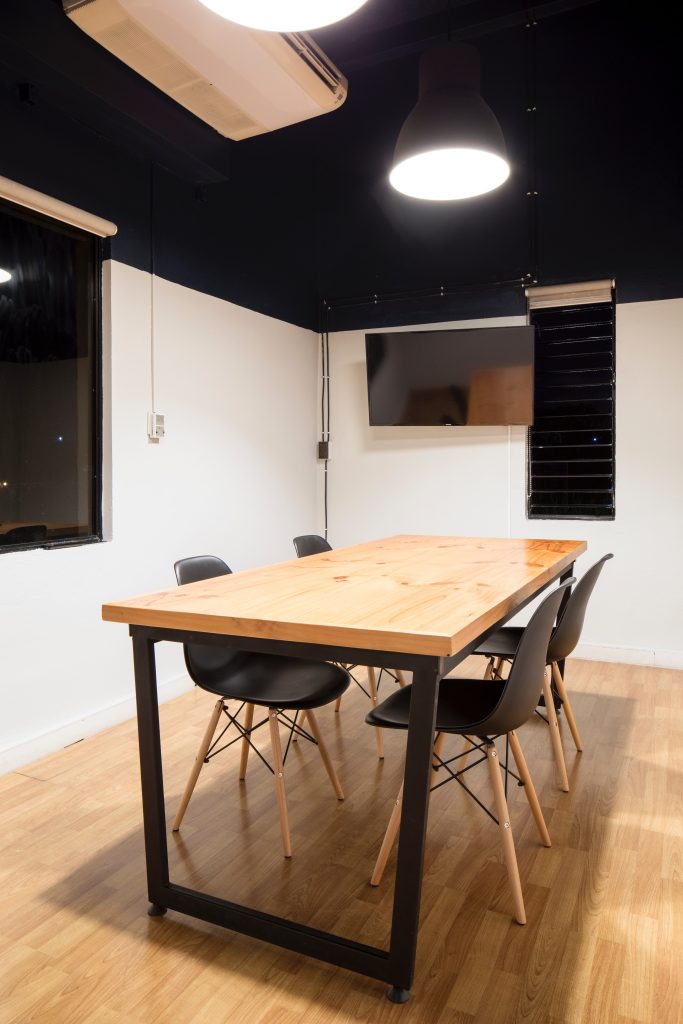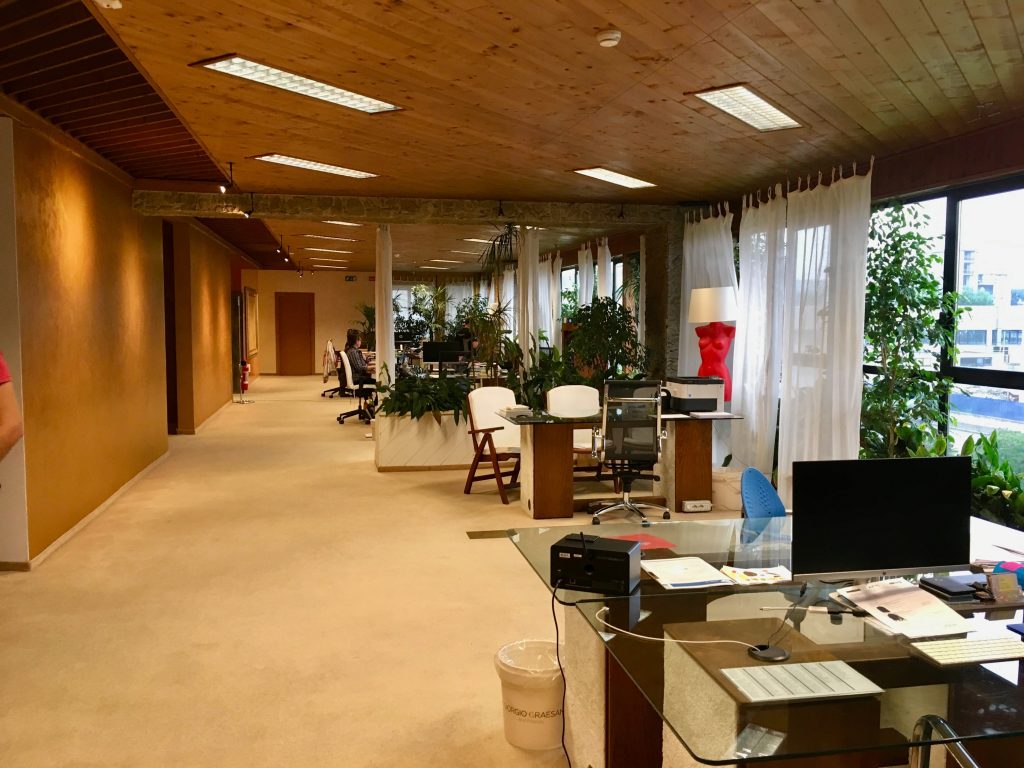Can LED lights keep working 24/7
In modern society, people’s daily life is getting faster and faster, and the pressure of life and work is getting more and more, which makes it easy for people to forget some small things, such as turning off the lights when leaving the office or bathroom.
It’s just a very common and low-power lamp. Is it that important?
Whether it is a habit we have developed because of work or life, or actually need LED lights to work for a long time, please make sure that you understand the environmental and safety risks that it brings.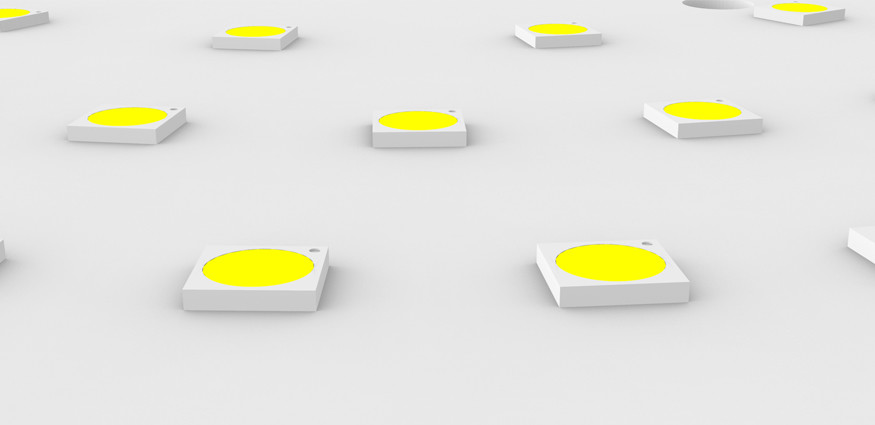
In short, the LED lights using high-end LED light sources and top-level drivers have a long service life and can work 24 hours a day, 365 days a year. Because LEDs produce very little heat, which is 80% less than the heat produced by traditional high-pressure sodium lamps and metal halide lamps, which means that their temperature rise will not be too high, nor will they catch fire.
However, all electronic equipment has the risk of failure, so do LED lights. Although the performance of LED lights is stable in most cases, they may also fail. This is a completely different question from whether LED lights should be kept on 24/7, how long LED bulbs can be used compared to traditional bulbs, and how safe they are to turn them on.
Compared with fluorescent lights, how often LED lights fail?
Before the 1980s, when people chose lighting for their houses, offices, factory workshops, gas stations and parking lots, there were not many products to choose from, that is, incandescent bulbs, fluorescent lamps and high-pressure sodium lamps.
According to the latest statistics from the International Lighting and Electrical Association, by 2019, 48% of global lighting products are still 36-watt fluorescent lamps. Because fluorescent bulbs are very cheap to manufacture and purchase, they continue to be popular.
Fluorescent lamps are low-pressure mercury lamps, which use low-pressure mercury vapor to radiate ultraviolet rays during discharge, so that the phosphor emits visible light. Therefore, it is a low-pressure arc discharge light source. There are two filaments inside the fluorescent lamp. The filament is coated with electron emission material ternary carbonate (barium carbonate, strontium carbonate and calcium carbonate), commonly known as electronic powder.
Under the action of AC voltage, the filament alternately serves as the cathode and anode. The inner wall of the lamp tube is coated with fluorescent powder. The tube is filled with 400-500Pa pressure argon gas and a small amount of mercury. After being energized, the liquid mercury vaporizes into mercury vapor with a pressure of 0.8Pa. Under the action of an electric field, mercury atoms are continuously excited from the original state to the excited state, and then spontaneously transition to the ground state, and emit ultraviolet light with wavelengths of 253.7 nm and 185 nm (the main peak wavelength is 253.7 nm, which accounts for about 70% of the total radiant energy ~80%, the sub-peak wavelength is 185 nanometers, accounting for about 10% of the total radiant energy) to release excess energy.
The phosphor absorbs the radiant energy of ultraviolet rays and emits visible light. Different fluorescent powders emit different light, which is the reason why fluorescent lamps can be made into white and various colors. Since most of the electric energy consumed by fluorescent lamps is used to generate ultraviolet rays, the luminous efficiency of fluorescent lamps is much higher than that of incandescent lamps and tungsten halogen lamps.
In the production design, each fluorescent lamp usually has a service life of about 12,000 hours. However, due to the damage of ultraviolet rays to the phosphor and the impact of the voltage up to 3000V on the electrode at the moment of power-on, the fluorescent bulb is usually more easily damaged than the theoretical design.
Because metal electrodes cannot dissipate heat uniformly, they may be damaged locally due to excessive temperature.
When this happens, the thinner part of the electrode is exposed to greater thermal stress because of less heat dissipation, which will continue with the operation of the fluorescent lamp until the metal wire is melted or broken. Therefore, fluorescent lamps are easier to fail.
With the advancement of science and technology, the invention of LED lighting technology in the 1990s brought epoch-making changes to global lighting.
N-type semiconductors have extra electrons, and P-type semiconductors have extra “holes”. Electrons can move between holes and transfer from one hole to another. Then the flow of electrons will generate current. When there is a positive direction When the current passes, the electrons will combine with the holes in the P area, and the combination will release energy at the same time. This energy exists in the form of photons, that is, visible light.
Generally, the working life of LED lamps can reach 50,000 to 100,000 hours, which is more than 10 times the service life of fluorescent lamps.
In addition, because LEDs do not contain filaments, they will not burn out like fluorescent lamps. They will only gradually darken with the use of time.
It is not ruled out that the LED lamp will burn out (but the probability is very low), but this is usually not caused by the LED lamp itself.
A complex capacitor in the core chip of the LED can convert alternating current to direct current, which will chemically decay over time, eventually leading to the end of the life of the LED lamp.
How long can LED light stay safe?
Many years ago, we heard about light bulbs causing major house fires due to overheating. These accidents caused significant economic losses to families and society.
It is impossible for us to accurately determine how long a light bulb will become unsafe after it has been in operation. This is determined by a variety of conditions, such as the type of bulb, the ambient temperature, the quality of the lamp, the dust and moisture in the working environment, the degree of impact the bulb is subjected to, and so on.
In the past century, the development of lighting has taught us that traditional lighting is indeed not as safe as LED lighting.
Traditional lamps generate a lot of heat. For example, the energy released by an incandescent bulb is 90% of the heat, but the proportion of useful light produced is only 10%. This means that the longer the light bulb works, the higher its temperature will be.
As the temperature of the incandescent lamp increases, the potential safety hazard is that the high temperature will be transmitted to the entire power grid along the wires, and the weakest part of the grid insulation will be broken down first, and a fire will occur.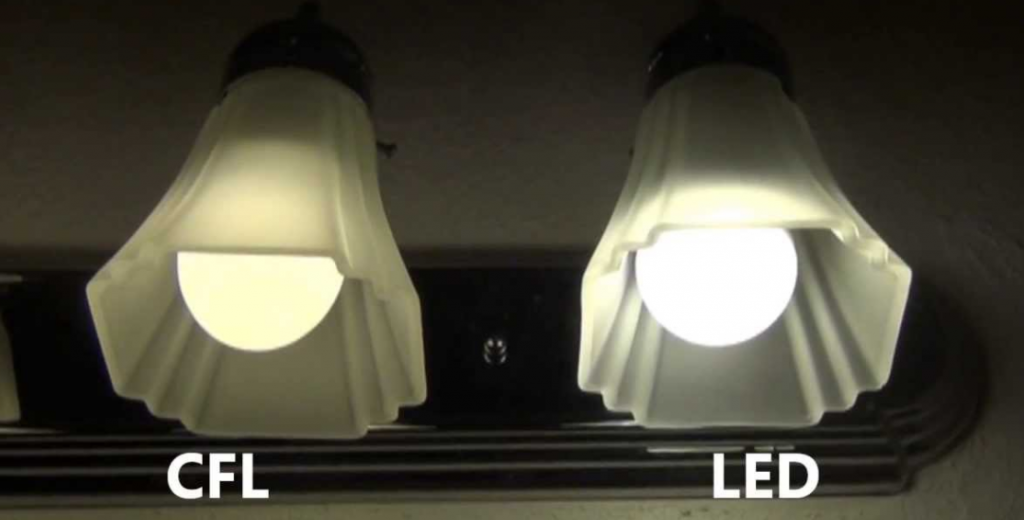
If the bulb is placed in a closed luminaire, air circulation is reduced or a higher wattage bulb is used in a lower wattage luminaire, it will increase this risk. Therefore, traditional light bulbs should not be left unused for a long time.
LED lights generate less heat than any other type of lights on the market, so they are safer. In 2008, the International Lighting and Electrical Association made a statistics, and its data showed that the efficiency of LED bulbs in converting energy into light was 90%, while only 10% of electrical energy was converted into heat. In addition, today’s LED lights also contain excellent heat sinks to speed up the heat dissipation.
Nevertheless, if the LED lamp works continuously for example for 7 days, it does generate heat, and the bulb will only dim without causing internal damage or melting. Therefore, LED bulbs are very safe and very suitable for long-term use.

